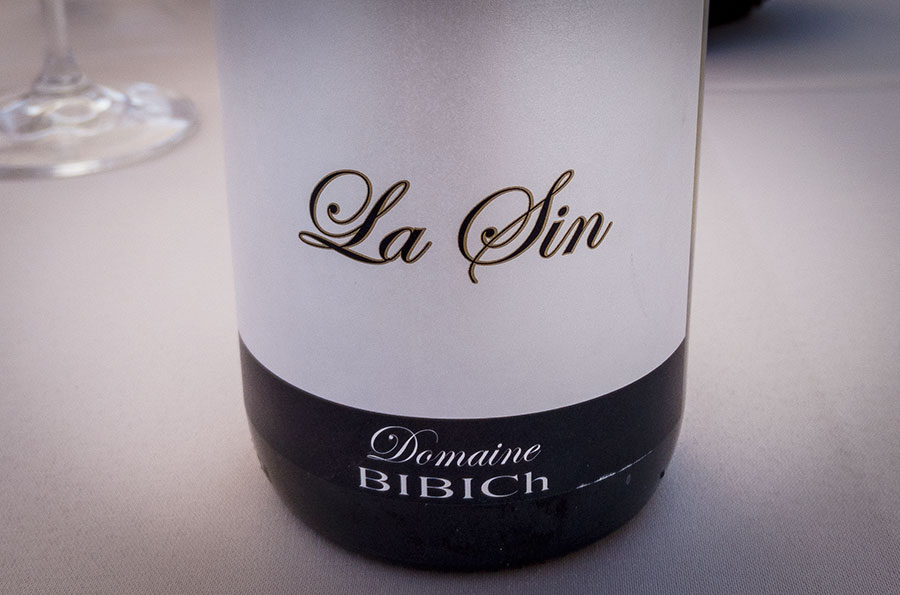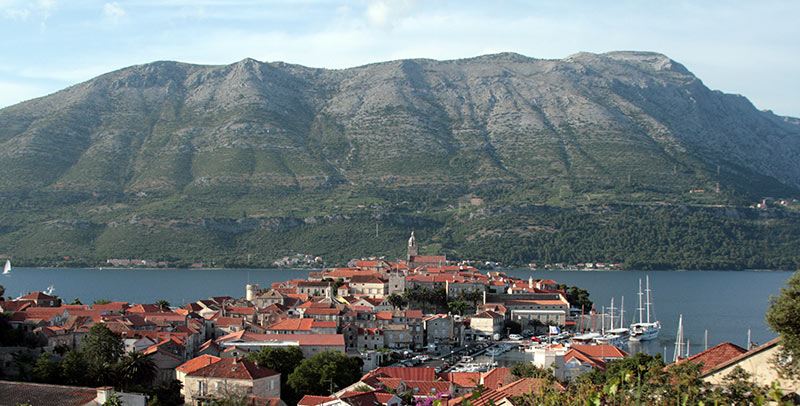Continued from yesterday, a few more observations about what’s to come in 2016 in general and outside of Catalonia.
Southern France
I just received an email from Michel Blanc in Châteauneuf going on at length about what a great harvest 2015 was. Those in the Rhône Valley as well as Languedoc and Roussillon will be riding this in to 2016 as some of these wines come to market. 2014 will continue to be not talked about although apparently the whites were excellent.
When I was up at the 40th anniversary party of Decanter magazine in October, the folks I spoke to there about trends in France kept emphasizing that Languedoc is really where it’s at and where it will be. And it’s true, given their shoddy reputation in the past for thin, aggressive wines, they’ve nowhere to go but up and this trend will most likely continue throughout 2016.
They’ll take Roussillon along with them as this little snap of France just before the Spanish border is always grafted on to Languedoc. I’m hoping they can break free from “Langue-grip” and come in to their own as they have a lot of special wines happening there which are a Pyrenees bookend to the region of Empordà. I don’t know that 2016 will be the year that this will be seen but as people are always seeking out well-priced French wines, they will undoubtedly get a bit more press.
Croatia
For Croatian wines, like most of Southern Europe, there was a big triumph in quality a decade ago and slowly they’ve been trying to figure out who they are. In Istria there are some real heroes leading the way with local grape varietals being made in simply glorious ways like at Piquentum. Some others like Trapan have been making surprisingly good wines as well by carefully and thoughtfully blending in foreign varieties when needed. This is promising to see and like most of Europe, they had a good harvest in 2015 and we’ll see where it takes them through 2016. There is still a long way to go for Istria in terms of standing out as Malvazija Istarska is generally an uninteresting grape there, but 2016 will continue to be a growth year.
Dalmatia is another story. What I tasted while presenting my masterclass at Dalmcija Expo last year is showing promise. They’re still stuck to a large degree to this super extracted style that the locals like. Like getting barnacles on a boat, one by one, the wineries have been falling off USS Extraction and finding their ways to calmer seas though. Along the way, they’ve been rediscovering the native grapes that hold real potential. For instance, Lasina is fantastic as well as the Plavac Mali produced in more inland locations. I think we’ll see more of this in 2016 but when I know enologists who have traveled the world and can’t find work in their native Dalmatia, I know that more needs to be done on this front in terms of looking out at and tasting the greater wine world. Those that have, like Bibich are doing well in terms of wine.
Social Media
From personal experience, 2016 will see social media and wine end up in the toilet. Social media was never a great way to sell anything (that still seems to be email mailing lists) and people are getting extremely fatigued with the whole thing whether it be Facebook, Twitter, Instagram, or those wine apps I stopped using even before I started like Delectable. No one wants to see shots of bottles to show off what you’re drinking. Masturbating for the camera is what Chatroulette is for.
For the Vinologue Instagram what gets massive Like spew is always a shot of a vineyard, a cellar in action, or a fine bottle of wine with a fine meal. Why is this? Because as noted previously and despite all marketing geniuses stating to the contrary, you need stories and context. This will have to grow throughout 2016 in the context of social media or it’s going to flat-out die, not that that would really hurt my feeling too awfully much.
Wine Blogging & Journalism
Wine blogging on the other hand is without a doubt in a decline. At the end of December, I put up a post on the Guild of Sommeliers forum asking for wine blog recommendations. I received two that were little more than press release spews and then this one by Alfonso Cevola which I now follow. Guild of Sommeliers is in an online community of several thousand sommeliers. I’m not sure if no one reads anymore or they just don’t care.
Countless blogs have fallen off the radar. People used them for reaching a goal which at best was publishing a book or at worst, mooching free bottles of wine. Once that book was published or once the blogger got in to the inner-circle of invitees to blogging trips, the blog was pretty much forgotten. Maybe 2016 should be the year that PR companies actually look at the results that these bloggers produce? I know that wineries have started this in the US and the free bottle tap is readily closing. Look for more of this and probably less of these moochie blogs–not the worst of things.
In Spain specifically, the conflicts between press and objectivity in wine will only get worse. Journalism has never been terribly independent and when major newspapers approach a winery to do a two page “story” for 1,000€ (yes, this actually happens) that isn’t notated as a sponsored post, you’ve got a bad stew cooking.
This is in some way fueling the local wine shops as absolutely no one trusts the journalists in Spain and no one trusts the bloggers (not that they ever really did like in Anglophone media.) People are ironically returning to a tradition that had been lost in Spain which was the caviste. It never died off in France and people come to trust these local merchants for knowing their tastes and the local wines. Look for 2016 to see a continued decline in wine journalism in Spanish, Catalan, and pretty much anything else spoken in Spain.
Enotourism
Enotourism is one of those things that been with us for decades. When living in San Francisco, I knew well the drunk buses that would fill up with a group of strangers near Union Square, take them up to Napa and come back with a sloshy mess at the end of the day. This isn’t really enotourism, but it’s what people have known it as and it’s what a lot of people still think it is, essentially, gettin’ loaded at the source of the wine.
There has been a big growth in the number of companies offering “VIP” enotourism in recent years and I see this trend only growing even more in 2016. What’s more coming in to play are two factors. One is that the startup costs are extremely negligible to start this type of business so we’re seeing tons of them in Spain. Secondly, there is indeed a market segment that’s interested in this and they’re the American Baby Boomers who have retired, have already been to Europe several times before and want to experience another side of the place, basically not in the cities. Thus a tour guide is of the opinion that American tourist = fat money and so, cha ching.
In full disclosure, I offer wine tours but started doing so only because people requested them of me after they’d bought one of my books. I had no interest in joining this rather sordid group who don’t really know anything about the wine regions nor wine for that matter. Yet, this will definitely grow in places like Spain or Europe at large until more meaningful employment comes along and won’t do anything more than what the drunk buses up to Napa have been doing for years–albeit with a higher price tag.
Sommeliers
Lastly, a little bit about the “somm”. This is definitely a Golden Age for the profession. Will it continue? While I don’t see it falling off, I don’t see it going up anymore. Levi Dalton wrote up some excellent points on why there will be issues in the US. Mainly it deals with labor reforms that have long been needed in the restaurant world as well as people in the US liking to be more informed about their booze.
Thus, I think that wine education in general will continue to be a growing pursuit. Wine is complicated and people like to have some command of it as sommeliers have historically had a pretty snooty, difficult reputation. If you want to learn more yourself, take a look at the differences between WSET & CMS and taking the sommelier exams.
As for the sommelier profession in Europe, it is bound to implode. For god’s sake, they still offer journalism as a major in college here despite there being no jobs in the profession! For sommeliers it will be the same thing as most restaurants have no interest in hiring one as they cost too much or the owner him or herself fills in that position as it’s a revenue driver.
I don’t know that the title will ever become meaningless at it signifies a rather lofty degree of wine knowledge, but it won’t carry as much prestige in the forthcoming years. The schools won’t stop though and more people will end up with the title and yet do something else. This is what’s probably going to happen in the US as well. For the moment, as I bump in to many sommeliers from Asia at the certifying exams, it seems that that part of the world could use many more.


